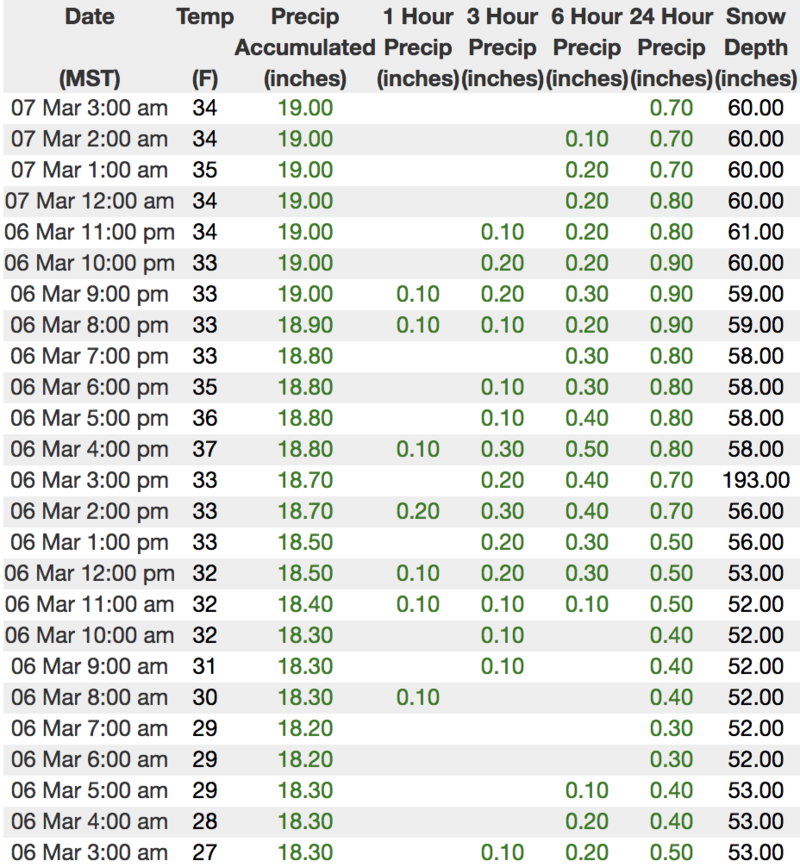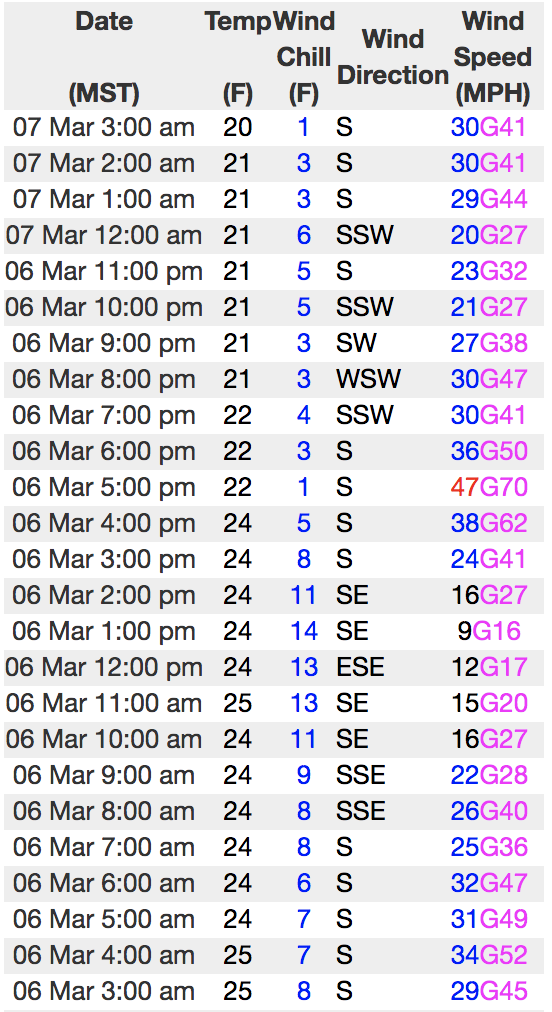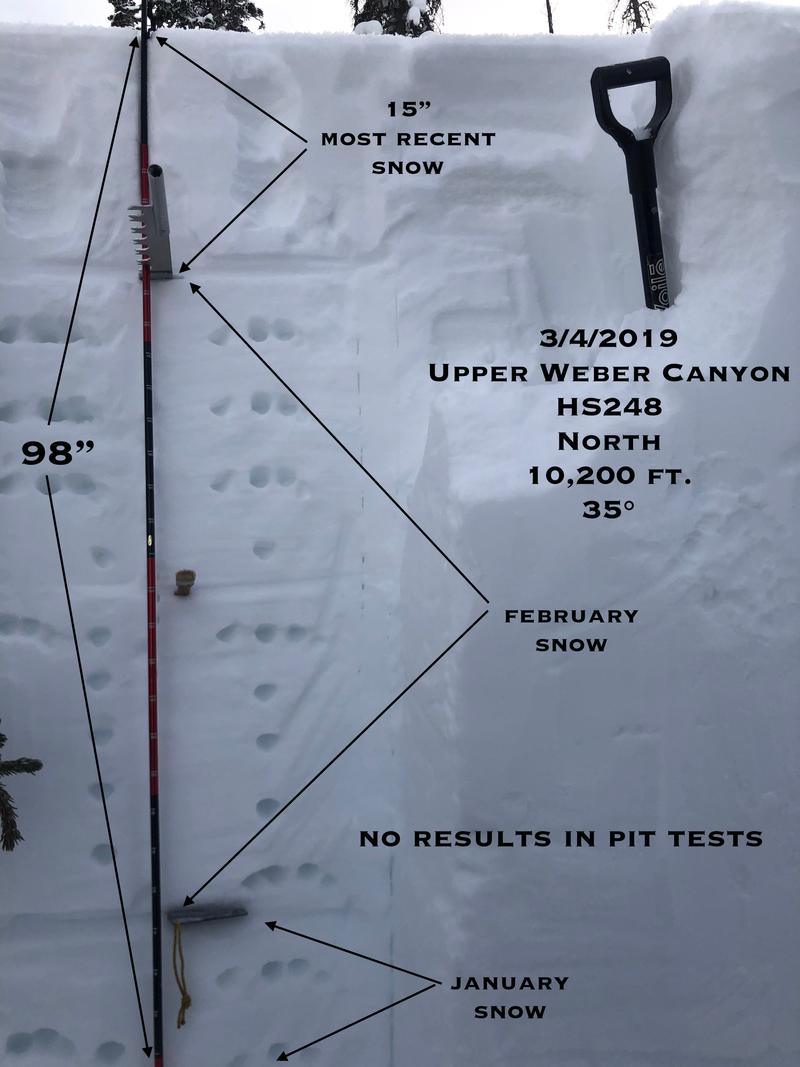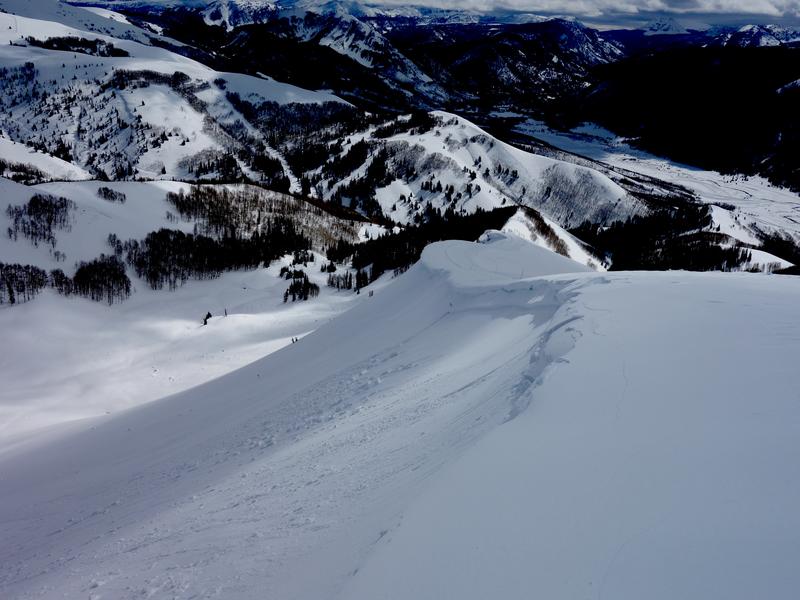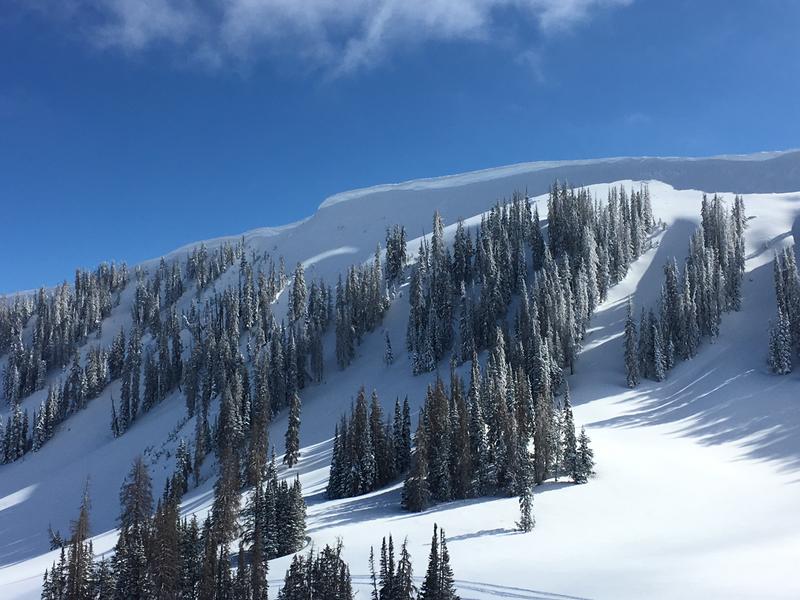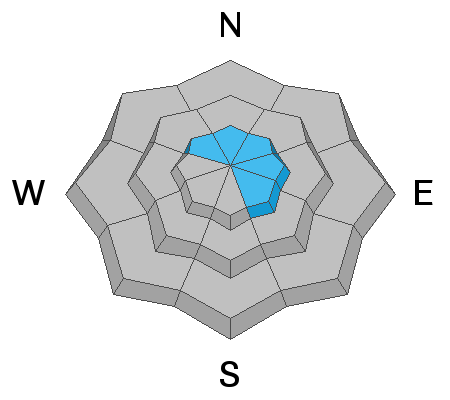Forecast for the Uintas Area Mountains

Issued by Craig Gordon on
Thursday morning, March 7, 2019
Thursday morning, March 7, 2019
HEADS UP.... THE AVALANCHE DANGER IS SLIGHTLY HIGHER ON THE SOUTH HALF OF THE RANGE, FROM TRIAL LAKE TO STRAWBERRY-
In the wind zone, at and above treeline, you'll find CONSIDERABLE avalanche danger. Human triggered avalanches are LIKELY and natural avalanches POSSIBLE on steep wind drifted slopes, especially those facing the north half of the compass and particularly those with an easterly component to their aspect. Any avalanche that breaks into deeper buried weak layers near the ground will result in a deep, dangerous slide.
Mid elevation, wind drifted terrain offers MODERATE avalanche danger and human triggered avalanches are POSSIBLE.
Rain on snow at lower elevations has created MODERATE avalanche danger near trailheads and in our mountain valley communities. Human triggered wet avalanches are POSSIBLE on steep snow covered slopes
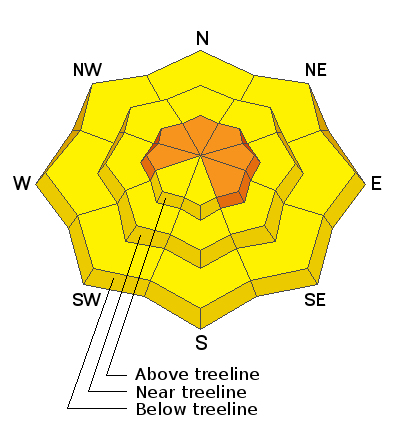
Low
Moderate
Considerable
High
Extreme
Learn how to read the forecast here


